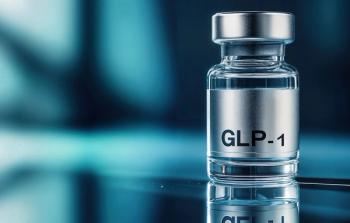
Myriad Decision: Praise and Perils for Biotechnology Patent Policy
The Supreme Court decision blocking patents on naturally-occurring genes has generated predictions of doom for biotech innovation, along with expectations of more healthy competition in discovering new treatments and diagnostics. Although some commentators regarded the decision, Association for Molecular Pathology v. Myriad Genetics, as a “major reversal” in longstanding patent policy, many leaders of the biopharmaceutical research community described the ruling as likely to spur innovation and the development of therapies and companion diagnostics necessary for advances in personalized medicine.
The Supreme Court decision blocking patents on naturally-occurring genes has generated predictions of doom for biotech innovation, along with expectations of more healthy competition in discovering new treatments and diagnostics. Although some commentators regarded the decision, Association for Molecular Pathology v. Myriad Genetics, as a “major reversal” in longstanding patent policy, many leaders of the biopharmaceutical research community described the ruling as likely to spur innovation and the development of therapies and companion diagnostics necessary for advances in personalized medicine.
All sides had legitimate reasons to claim victory: patient and research groups anticipated easier access to more effective and efficient tests and therapies; biotech companies were relieved that the Justices did not invalidate ancillary patents surrounding genetic discoveries. A number of testing firms announced plans to develop newer, better, less costly tests using the BRCA genetic mutations. Myriad Genetics said its test for breast cancer would remain a leading option for patients and that it would continue its R&D program based on hundreds of other patents. Wall Street seemed confused about how to interpret the ruling; Myriad’s stock jumped to historic highs immediately after the decision, but has fallen in the other direction since then.
The ultimate outcome of the ruling remains to be seen. The U.S. Patent & Trademark Office (PTO) is expected to revise practices for granting patents for isolated DNA, although the court specifically permits protection for companies that modify genetic material or create new products based on human genes. But in upholding patents on complementary, or cDNA, the Court left the door open to further debate and legal battles over just what genetic manipulations qualify for patent protection.
Yet, there is reason to hope that the unanimous, non-partisan Court ruling will help clarify patent policy related to biotechnology, a subject that remains tangled up in multiple legal cases and legislative proposals. And the non-political nature of this fairly technical ruling should provide grounds for optimism that the system can address some issues on the legal merits of the case.
Newsletter
Lead with insight with the Pharmaceutical Executive newsletter, featuring strategic analysis, leadership trends, and market intelligence for biopharma decision-makers.





